Identity
“To all of the girls that think you are ugly because you are not a size 0, you’re the beautiful one. It’s society who’s ugly.”
-Marilyn Monroe
Over time wealth and status have determined the ideal body image, mostly determined by men. This body image idealizes what’s skinny/fat, healthy and unhealthy, to deem a woman beautiful or ugly.
“The body shapes of the most admired models have remained consistently slimmer than that of the average American woman, representing a nearly impossible ideal.” BMIs are dropping, disorders are increasing.
Body Image has been a standard since ancient civilization and differed from Egypt to the Han Dynasty. Yet, the standards in regards to fashion over wealth (Renaissance, and Victorian for example) started with the Gibson Girls in the 1900s-1910s. Following that was the Flappers(20s), Wartime(30s-40s), Post-War(50s), Twiggy Thin (60s-70s), Supermodels(80s), Heroin Chic (90s), Pin Thin (2000s), and now it’s deemed as Post-Modern Beauty(2010s).
Besides the standards of models vs normal women, now it’s model vs plus sized and how the standards have hindered instead of embraced over time. Supermodels are praised one moment, then booed the next. And Photoshop is also not helping anyone’s case either. Most of the standards of weight associated with beauty have become globalized from USA. However, at the “island nation of Tonga, 90% of the population is overweight, which is considered a status symbol. In Cape Town, South Africa, two-thirds of teen girls perceive excess weight as a sign of happiness and wealth.”
The biggest contributors that affect negative body identity is from family and peers. However, they (including the family and peers) are affected by the media standards. These different stages are where there’s a possibility to change that (the designers, magazines, runway shows, and readers of magazines). Recently, more companies (like Aerie and Seventeen Magazine) and countries (like France) are also beginning to help the cause.
“Twenty years ago, models weighed, on average, 8% less than average American women. By now, they weigh 23% less,” It’s time to actually sell to the new body image instead of selling a false one.
By the end of the 20th century, female beauty standards in America have remained unrealistic and extreme, with popular images of thinness being more out-of-reach for the average woman than ever before. This trend has been reflected in many first-world nations, although women in certain developing nations lack this widespread anxiety over their weight.
As designers, we should be able to market our talent to any walks of life, because we want the women to feel good in your clothes, not worried. We should have the education and the resources to learn the sewing difference between a 2 and a 22. We need to stop the continuation of selling impracticality, and embrace the new beauty.
Why Fashion Matters #8 Corsets to Crinolines, Botox to Dieting.
This section discusses how standards change over time and by culture to meet the standards and classification of one’s wealth and status. Most of the time it meant that the fashion was restrictive, yet now the clothes aren’t, but the co-requisites are. I related this how body image has changed over time and now we are in an age where body empowerment is just starting to rise, but the fashion industry hasn’t been to keen on the concept, therefore it’s the fashion industry that is now our restriction, not only what we are wearing.
http://www.rehabs.com/explore/womens-body-image-and-bmi/
http://greatist.com/grow/100-years-womens-body-image
Bruzzi, Stella, and Pamela Church. Gibson. Fashion Cultures: Theories, Explorations, and Analysis. London: Routledge, 2000. Print.
Corner, Frances. Why Fashion Matters. N.p.: n.p., n.d. Print.

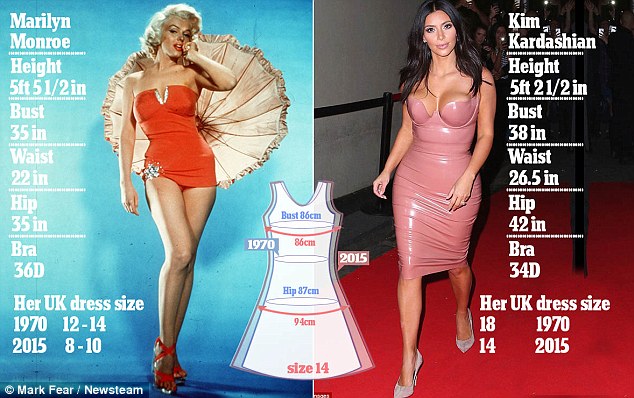

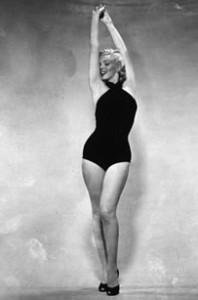
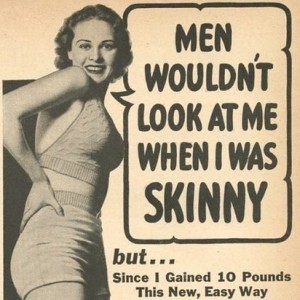
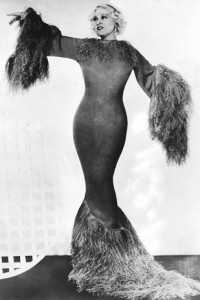
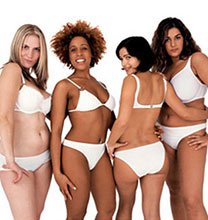

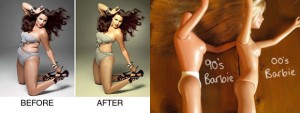
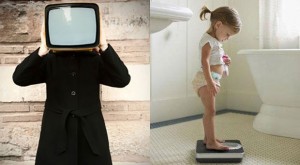


I really thank you for the valuable info on this great subject and look forward to more great posts. Bullet Train Prince Pink Coat